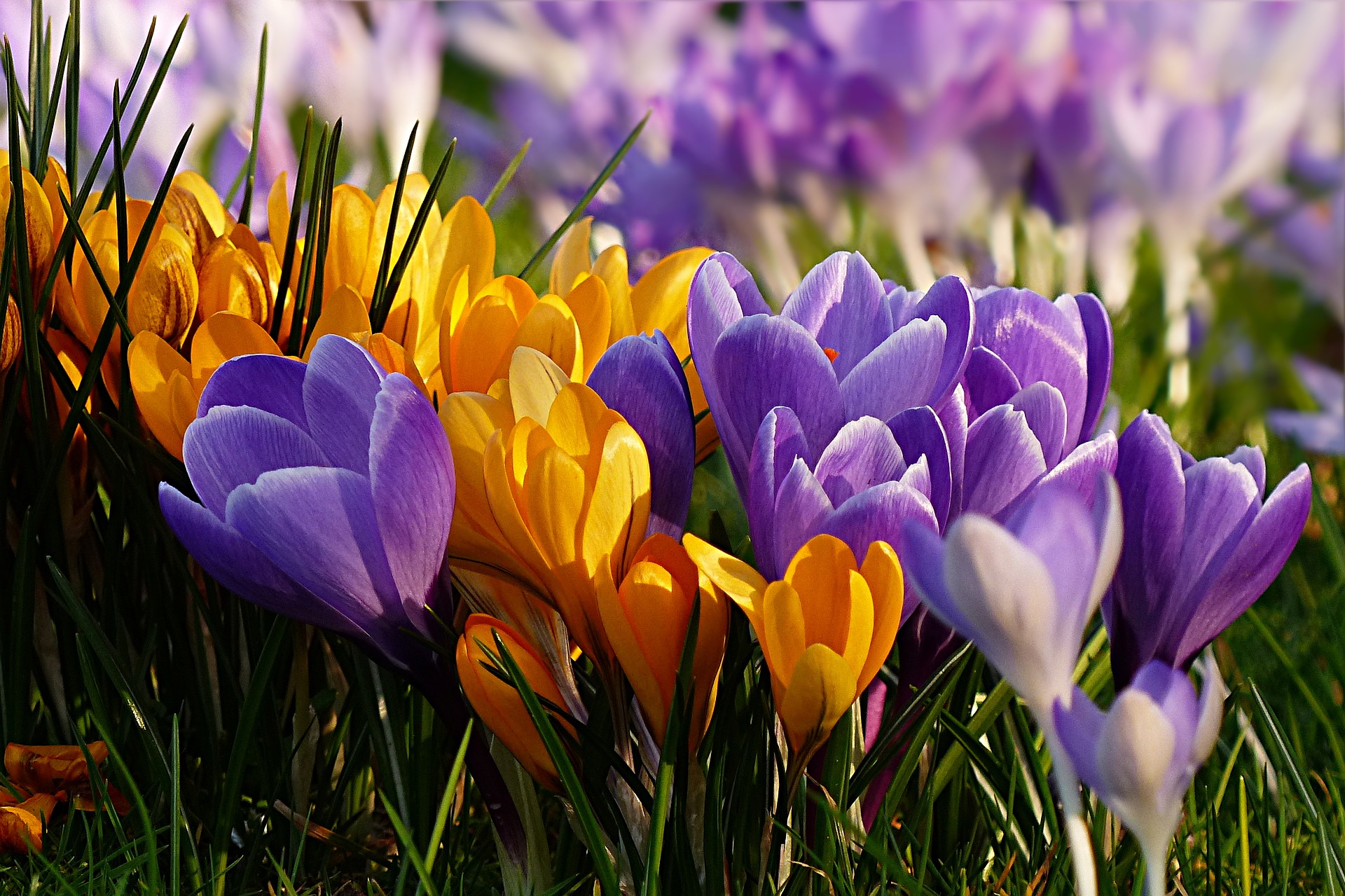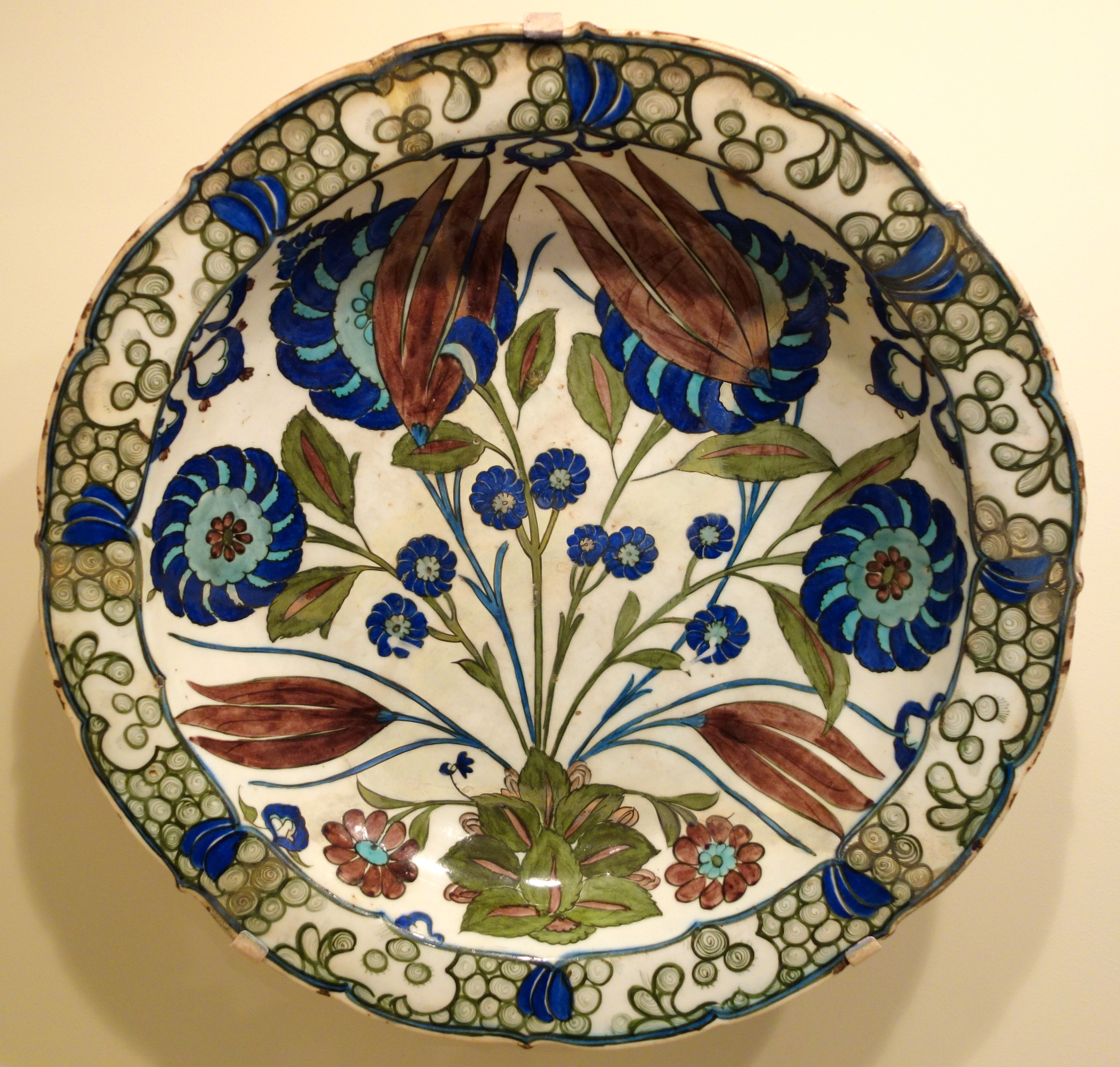As the last remnants of summer’s flowers are fading, it’s time to begin some critical end of the year gardening tasks. Yes, it is now time to overseed the lawn, mow fallen leaves into mulch for compost and clean the spades and shovels. More importantly though, it’s time to stare out the windows and decide where to plant the bulbs that will announce the coming of spring. Should the beds be formal or naturalized? Should they be blocks of a single color or a burst of many colors like a summer’s cottage garden? When should the display begin? How late will it end? Once these critical decisions are made, then it’s time to research your option, select the bulbs, prepare the soil and plant the bulbs so that they can root this fall, chill over the winter and herald the upcoming spring.
When should the display begin? How late will it end? Once these critical decisions are made, then it’s time to research your option, select the bulbs, prepare the soil and plant the bulbs so that they can root this fall, chill over the winter and herald the upcoming spring.
FIVE TIPS FOR PLANTING BULBS
- Bulbs prefer loose, well-drained soil. Incorporate compost 12 to 18 inches deep.
- Smaller bulbs can be planted in rock gardens or in hills to counteract poor soils, especially clay.
- A small amount of nitrogen included at planting will stimulate root growth as well as strong flowering. In many areas, phosphorous isn’t necessary.
- Water bulbs as they are planted to settle the ground around them. Keep watering until the ground freezes. Make sure they have enough water to develop roots, burt be careful not to overwater and rot the bulbs.
- Mulch larger bulbs to control moisture and soil movement. Smaller bulbs could be smothered by too much mulch.
Although most people immediately think of daffodils (narcissus), tulips and hyacinths for fall planting, there are actually a multitude of less familiar bulbs known as “minor” bulbs. Minor bulbs are usually smaller bulbs that can be planted en mass of 50 or more bulbs for a “statement” planting or used in groupings of 12 or 15 bulbs as accents. Minor bulbs can be paired with the more familiar bulbs, used to border existing beds or combined with other perennials to accentuate the garden and to extend the bloom season.
FIVE OF THE BEST OF THE MINOR BULBS
- Winter Aconite – A four inch yellow beauty that blooms in full sun or partial shade. Reseeds easily and blooms in late winter and very early spring.
- Snowdrop – Another delicate early bloomer with white flowers arching from a stem above the foliage.
- Netted (Dutch) Iris – A dwarf blue iris that stands about 10 inches tall. They often bloom in late February and throughout March and prefer full sun.
- Crocus – Available as either species or hybrids, this well-known minor bulb come in a variety of flower sizes, colors and bloom times. They prefer full sun but will tolerate partial shade.
- Grape hyacinth – This lightly scented blue bloom stands about 8 inches high amid dark green foliage. It does will in either full sun or partial shade.
Adding bulbs into the overall landscape design is a quick and relatively inexpensive way to add color and freshness to the spring view. Although commercial sites often use hundreds of bulbs to feature huge expanses of single colors for drama, the average homeowner can make a visual statement with a creative use of spring blooming bulbs.
FIVE DESIGN TIPS FOR LANDSCAPING WITH BULBS
- Naturalizing bulbs such as crocus or daffodils under deciduous trees makes a dramatic statement in the spring. The bulbs will get ample sun before the trees leaf out. To keep a natural look, toss handfuls of bulbs and plant them where they fall.
- Combine bulbs with perennials that emerge and bloom later. This gives cover while waiting for the bulb’s foliage to die back. Dying foliage provides energy for next year’s blooms.
- Evergreen shrubs make a dramatic background for spring blooming bulbs. Plant clumps of 5 to 7 bulbs for the strongest effect.
- Plant bulbs in layers to create planting areas bursting with color. Daffodils can be planted 8 inches deep. Add 2 inches of soil and then plant a crocus or a tulip on top. Both will bloom.
- Extend the flowering of a bed by planting varieties that have similar characteristics but different bloom times. Include a few bulbs of a contrasting color for a more relaxed look.
Dozens of new varieties of spring blooming bulbs and perennials are introduced every year, making it difficult for the homeowner to decide which to choose. Here are five new varieties worth a try and five tried and true old favorites.
FIVE NEW VARIETIES WORTH A TRY
(Images not available)
- Ringtone – A two toned yellow daffodil with a sweet scent (White Flower Farm)
- Sundowner – A double late blooming tulip that changes colors as it matures (Longfield Gardens)
- Wave – A frilly double yellow and white daffodil (American Meadows)
- White Caucasus – A white iris with a yellow stripe. (John Scheepers)
- Fiorello – A sweet smelling salmon colored hyacinth that attracts bees and butterflies (Dutch Grown)
FIVE OF MY ALL TIME FAVORITES
- Baby Moon – A fragrant miniature yellow daffodil standing between 6 and 12 inches.
- Tahiti – A striking red-orange ruffled daffodil that is extremely heat resistant.
- Yellow River – A sweet-scented golden-yellow daffodil for those who like the traditional look.
- Fusilier – An extremely reliable red-orange tulip that will come back year after year.
- Estella Rijnveld – A red and white parrot tulip that is great for cut flowers.
This is just for fun. Enjoy the “Fun Facts” and enjoy your spring blooms.
FIVE TRIVIA FACTS ABOUT SPRING BLOOMING BULBS
- We may associate tulips with Holland, but they are native to Turkey.
- All parts of a tulip are edible but all parts of a daffodil are toxic.
- The very expensive spice saffron is harvested from crocus.
- The color of a hyacinth determines its fragrance..
- A substance found in snowdrops is used in medication for Alzheimer’s disease








